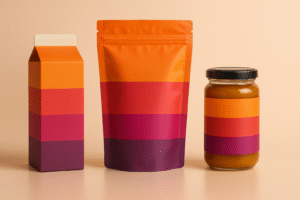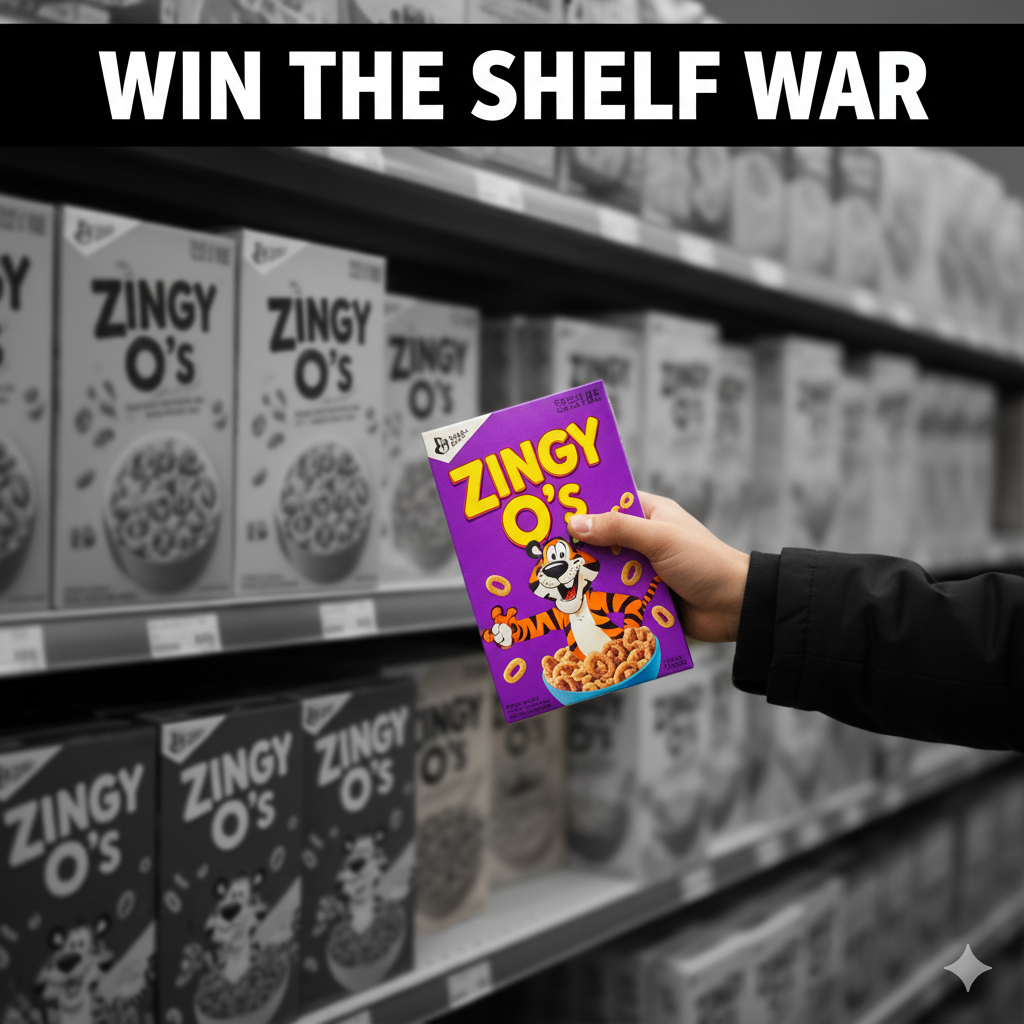Packaging Design Firms: How to Pick a Partner That Actually Ships (From Strategy to Shelf)
Searching packaging design firms means you’re ready for more than “nice graphics.” You need a team that translates brand strategy into structural dielines, a clear front panel, and press-ready files that perform on shelf and on a 6-inch screen. This long guide breaks down what top firms deliver, how to evaluate them, what it costs, red flags to avoid, plus image prompts, FAQs, and complete Rank Math data.
Table of Contents
-
What Packaging Design Firms Actually Do
-
Services You Should Expect (End-to-End)
-
Scorecard: How to Evaluate a Firm
-
Process: From Brief to Print (Step-by-Step)
-
Pricing & Timelines: What Moves the Needle
-
E-commerce Readiness: Thumbnails to Unboxing
-
Sustainability Without Green-washing
-
Questions to Ask on Your First Call
-
Mini Case Snapshots (Portfolio Links)
-
Common Mistakes & Fast Fixes
-
Image Prompts (Hero, System, Dieline, Eco, Map)
-
FAQs
-
Rank Math Data (Copy-Paste)
1) What Packaging Design Firms Actually Do
A proper firm connects four pillars end-to-end:
-
Strategy — positioning, audience triggers, message hierarchy, 2–3 proof claims.
-
Structure — formats (pouch, carton, jar, tube), inserts, closures, barrier specs, shipping reality.
-
Visual System — type pairing, color logic by variant, iconography, imagery, modular grids.
-
Production — compliance, prepress, vendor liaison, proofs, 3D renders, e-commerce asset packs.
See structure + bold color logic in action: Sushi Packaging Design →
2) Services You Should Expect (End-to-End)
-
Category & Shelf Audit: category codes to respect vs. break, whitespace to own.
-
Structure & Dielines: vendor-ready dielines with assembly notes; inserts and closures considered.
-
Materials & Barriers: paperboard/kraft, laminates tuned for OTR/WVTR, glass/metal, MAP/vacuum.
-
Visual Territories: benefit-first front, variant color rules, icon grid, imagery/3D style.
-
Compliance & Localization: nutrition/INCI, allergens, barcodes, batch/lot zones, certs, translations.
-
Prepress & Production: CMYK/spot strategy, trapping, overprint, barcode sizing, soft/hard proofs.
-
E-commerce Kit: consistent hero angles, angled back, lifestyle, in-hand scale, short unboxing GIF.
-
Versioning & Extensions: seasonals, multipacks, retailer stickers—without breaking the system.
3) Scorecard: How to Evaluate a Firm (0–5 Each)
-
Structure literacy — can they talk dielines, barrier films, closures, freight?
-
Visual hierarchy — brand → variant (largest) → primary benefit → 2–3 proof icons → net wt.
-
Compliance discipline — nutrition/INCI, allergens, barcodes, certs, translations.
-
E-com readiness — thumbnail legibility at 120×120 px, gallery logic, hero angle.
-
Prepress hygiene — color management, trapping/overprint, barcode tests, proof workflow.
-
System thinking — new SKUs slot in without redesign chaos.
-
Sustainability insight — right-sizing, mono-materials, honest end-of-life guidance.
Shortlist your top two based on total.
4) Process: From Brief to Print (Step-by-Step)
-
Discovery & Brief — positioning, claims, channels (retail/DTC), unit economics.
-
Shelf Audit — 3–5 direct competitors + 2 adjacents for inspiration.
-
Structure First — lock dielines, materials, closures, and compliance zones.
-
Concept Territories (2–3) — distinct layouts stress-tested at thumbnail size.
-
Refinement + Compliance — nutrition/INCI, allergens, barcodes, certs, translations.
-
Prepress Setup — CMYK/spot, trapping, overprint, barcode scale, proof approvals.
-
Production & QA — vendor liaison, stock/ink tweaks, first-article approval.
-
Launch Assets — 3D renders, lifestyle frames, PDP kit, unboxing GIF, social cutdowns.
5) Pricing & Timelines: What Moves the Needle
-
Typical timeline: 3–8 weeks (faster for single-SKU refresh; longer for multi-language lines).
-
Cost drivers: SKU count, finish level (soft-touch, foil, spot UV), photography/3D renders, regulatory complexity, rush/retailer requirements.
-
Smart savings: one base structure + variant labels; right-size packs; limit plate count.
6) E-commerce Readiness: Thumbnails to Unboxing
-
Front panel = poster. Big variant name, bold color band, three proof bullets → better CTR.
-
PDP gallery: front hero, angled back (compliance), lifestyle, in-hand scale, short unboxing GIF.
-
Consistency: same camera angle/lighting across SKUs builds trust and repeat buys.
-
3D first: renders create a unified line for marketplaces; swap to photos after the shoot.
Benefit-first supplement examples: Dog Supplement Label Design →
More work in the category: Supplement Label Design Freelancer →
7) Sustainability Without Green-washing
-
Right-size and reduce void/ink plates.
-
Prefer mono-materials where possible for simpler recycling.
-
Be specific about end-of-life (“recycle where facilities exist”); avoid vague claims.
-
Test finishes on actual stock (some foils/laminates affect recyclability).
8) Questions to Ask on Your First Call
-
“Show a press-ready PDF + a PDP image kit you’ve delivered (sanitized).”
-
“How do you ensure thumbnail legibility?”
-
“Which stock/finish do you recommend and why?”
-
“How do you handle multi-language or retailer variants?”
-
“What happens if a barcode fails at checkout?”
-
“Can you manage proofs and first-article approvals with our vendor?”
9) Mini Case Snapshots (Portfolio Links)
-
Food (carton + flow wrap): Cut front clutter, enlarged variant, standardized color bands → clearer thumbnails, fewer “what flavor?” chats.
See tone: Sushi Packaging Design -
Vape (carton + device): High-contrast variant codes, consistent angles for stores and ads.
Reference: Vape Packaging Design Store
10) Common Mistakes & Fast Fixes
-
Everything screams on front. → Enforce hierarchy; move story to side/back.
-
Variant chaos. → Lock color bands, icon grid, naming convention.
-
Barcode misreads. → 100% black on white, quiet zone intact, test at print scale.
-
Grease bleed on kraft. → Specify grease-resistant liners or change stock.
-
Thumbnail mush. → Larger variant, fewer words, higher contrast.
12) FAQs
Q1. What’s the difference between a packaging design firm and a graphic design studio?
A packaging firm handles structure, materials, compliance, and production—not just surface graphics.Q2. Do firms manage printers and proofs?
Good ones do: prepress setup, color management, barcode testing, vendor coordination, first-article checks.Q3. How long does a typical project take?
Usually 3–8 weeks, depending on SKUs, finishes, compliance, and vendor lead times.Q4. Can a firm help with e-commerce imagery?
Yes—consistent 3D renders, back-of-pack, lifestyle, in-hand scale, and an unboxing GIF are standard.Q5. Will they work with my co-packer’s dielines?
Yes—firms adopt/optimize vendor dielines and return press-ready files.Q6. What do I receive at the end?
Press-ready PDFs on final dielines (1:1), layered source files, a style guide, 3D renders/PNGs, and a PDP image kit.Q7. How do I keep variants consistent at scale?
Use a style guide with color assignments, icon sizes, claim zones, template grids, and a locked Compliance Layer.
Hire a Firm That Ships Results
Want a partner that handles strategy → structure → prepress → launch assets? Start here:
-
Vape Packaging Design Store
Ask for a tailored proposal with scope, timeline, and fixed pricing.







